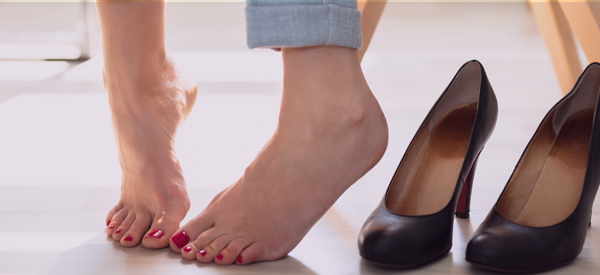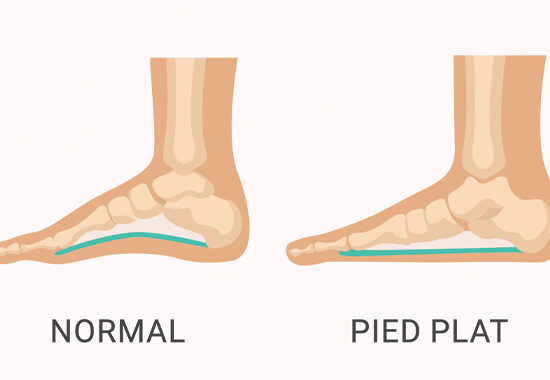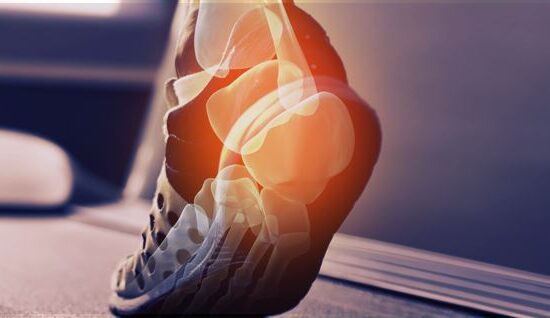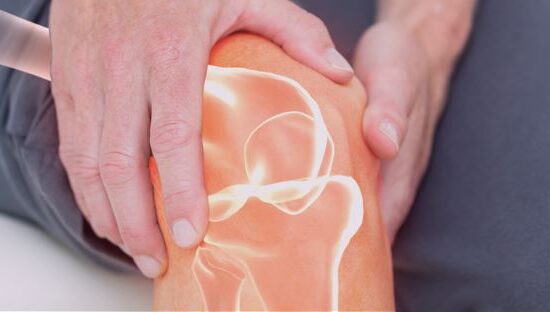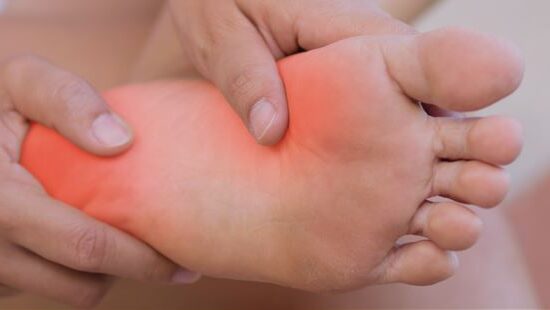The treatment of flat feet is based on personalized care by a healthcare professional. An initial assessment provides a better understanding of the situation, measures the extent of the deformity, and guides the patient toward the most appropriate solutions.
Custom-made foot orthotics
Custom-made foot orthotics are the gold standard solution for correcting flat feet and relieving associated pain. Made from comfortable materials and tailored to the patient’s morphology, they reinforce the arch of the foot by providing targeted support. They distribute pressure optimally, reduce muscle fatigue, and prevent sprains or falls due to poor footing. In addition, orthotics limit the progression of deformities and improve stability when walking.
Adapted orthopedic shoes
Wearing orthopedic shoes specially designed for flat feet effectively complements treatment. These shoes respect the anatomy of the foot, prevent compression of the arches and toes, and improve walking comfort. The sole is generally rigid with sufficient cushioning, and its height does not exceed one inch to ensure stable and natural support.
Complementary approaches
In addition to mechanical support, muscle strengthening exercises and specific stretches help improve posture and foot function. Weight management and appropriate physical activity also reinforce overall care.
Médicus expertise: professional support for your flat feet
At Médicus, over 65 years of experience in podiatry and orthopedics ensure recognized expertise in the treatment of flat feet. Our professionals use their expertise and in-depth knowledge of the foot to recommend personalized solutions tailored to each situation.
Our personalized approach combines custom orthotics and advice on orthopedic footwear. We aim to provide lasting pain relief, prevent complications, and ensure optimal comfort for your daily activities.

